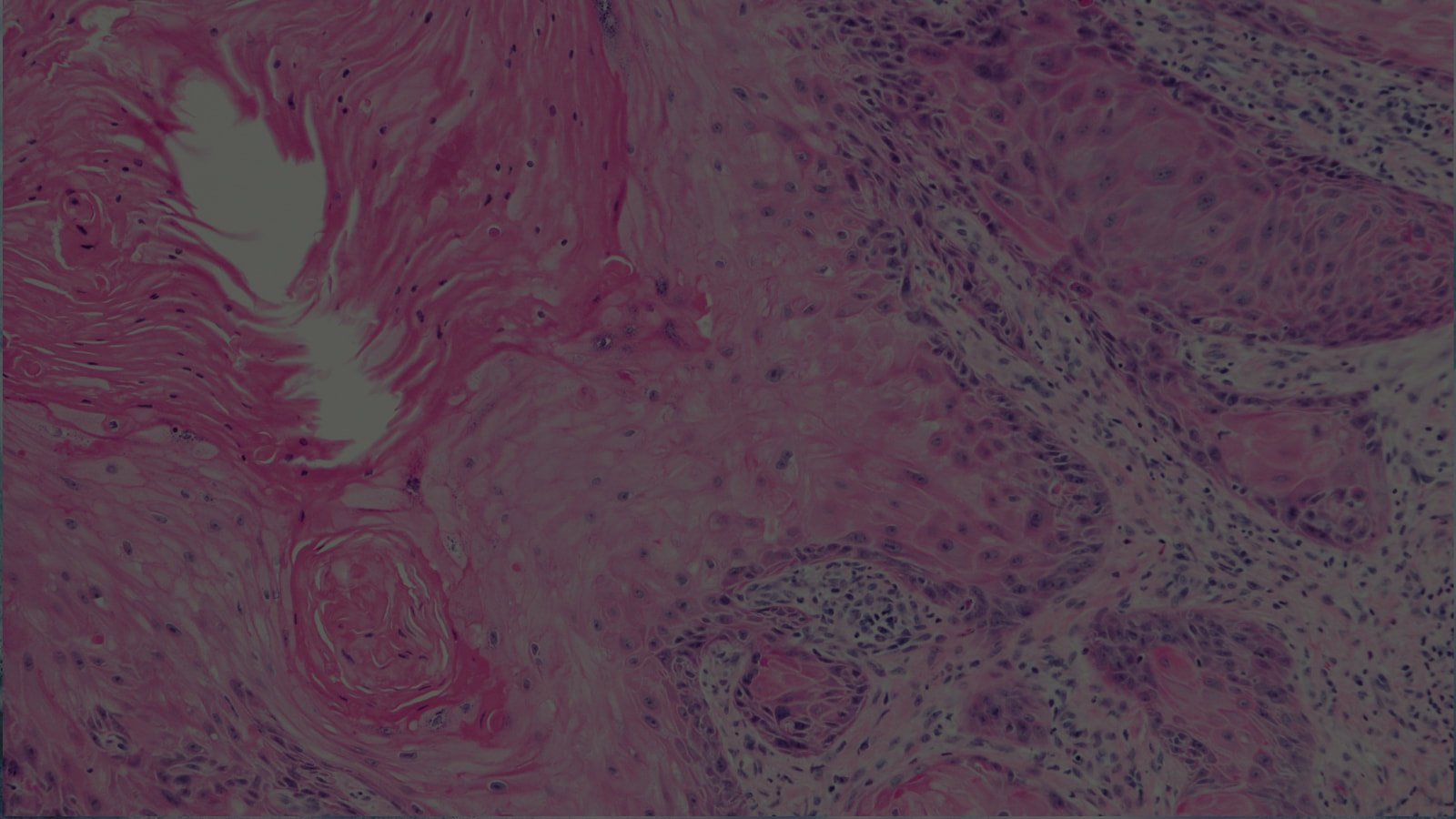
Epidermolysis Bullosa (EB) is a family of life-threatening rare genetic disorders that affect the body's largest organ: the skin.
Individuals with EB lack critical proteins that bind the skin's two layers together. Without these proteins, the skin tears apart, blisters, and shears off, leading to severe pain, disfigurement, and internal and external wounds that may never heal.
Today, there is no cure available for EB. EBRP Australia is dedicated to changing that.
Types of EB
There are four main types of EB that vary in severity and the location of blister formation. In the more severe forms of EB, life expectancy ranges from early infancy to just 30 years of age.
Watch below to learn more about each type and meet an individual living with it.
Heredity Of EB
Genetic disorders, like EB, are usually passed down from parents to offspring, although they are rarely caused by a spontaneous DNA mutation. EBS and DDEB are passed down through dominant inheritance. This means only one copy of the mutated gene, from either the mother or father, is needed for a child to express the disorder. RDEB, JEB, and Kindler Syndrome are all passed down through recessive inheritance.
This means that a child needs to get 2 copies of the mutated gene, one from each parent, to express the disease. Children can also be carriers of the gene, which means they’re able to pass it down to their children, but do not express the disorder.
SOURCES
“Epidermolysis Bullosa Simplex – Genetics Home Reference – NIH.” U.S. National Library of Medicine, National Institutes of Health, 2018
“Junctional Epidermolysis Bullosa – Genetics Home Reference – NIH.” U.S. National Library of Medicine, National Institutes of Health, 2018
“Dystrophic Epidermolysis Bullosa – Genetics Home Reference – NIH.” U.S. National Library of Medicine, National Institutes of Health, 2018
“Kindler Syndrome – Genetics Home Reference – NIH.” U.S. National Library of Medicine, National Institutes of Health, 2018
“Dominant Dystrophic Epidermolysis Bullosa.” Genetic and Rare Diseases Information Center, U.S. Department of Health and Human Services
Yancey, Kim B., and Helmut Hintner. “Non-herlitz junctional epidermolysis bullosa.” Dermatologic clinics 28.1 (2010): 67-77.






